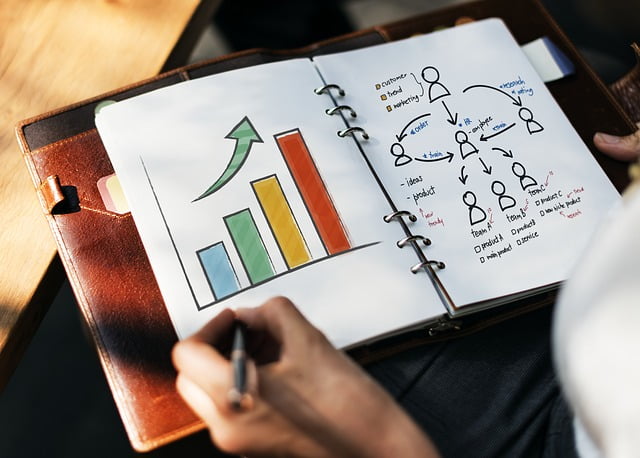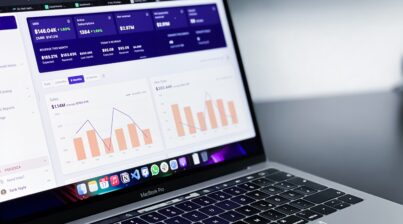To be a high-performing organization, companies are becoming more data-focused. HR should be a strategic business partner and function on a high-impact model. HR systems, data, metrics, and analytics are an integral part of creating a high-impact HR team. But, just because your HR team runs a couple of reports, doesn’t mean it’s supporting the high-performing needs. The HR analytics model can be a useful tool to get your HR team where it needs to be.
What does it take to be high-impact?
Making HR high-impact means the team is able to adapt to change more easily. It proactively offers talent-focused solutions for business needs and establishes business-focused KPIs. The team shifts away from the traditional service model that is administratively burdensome. That day-to-day, “paper-pushing” tasks get automated or transferred to self-service systems. This allows HR team members to spend their time on more valuable tasks. It becomes more strategic, innovative, and an expert on the organization’s workforce. High-impacting HR is aligned with business goals to directly support business outcomes.
HR analytics provide key insights into the workforce to provide the basis for strategic decisions. There are four levels of HR analytics maturity, as outlined by SHRM, which correlate to descriptive and predictive analytics.
Level 1 – Operational Reporting
This is the level of data and analytics most HR teams are already familiar with. It’s running reports from one HR systems to tell you what has already happened after a problem arises. This can also be viewed as descriptive analytics. While solutions can be determined from operational reporting, it’s very reactive.
An example would be calculating turnover over the past year because you have been conducting a lot of exit interviews lately. There was a specific problem and now you’re reporting to understand what has already happened. You may even dig deeper into departments or job level to determine where the turnover is occurring.
Level 2 – Advanced Reporting
At level two, the frequency of reporting significantly increases. The reporting is still on historical data, but it is routine and automated. It’s a bit more proactive as the goal is to identify a trend before it negatively impacts the business. Consistent reporting helps you find relationships between the metrics and possible contributing factors.
Taking your turnover reporting to level two would be using an HR dashboard that automatically calculates and tracks turnover for you on a monthly basis. You are able to see how your turnover is trending to know whether your employee engagement initiatives are working. Additionally, may start to see that turnover is higher in some months of the year than others.
Level 3 – Strategic Analytics
Level 3 is when organizations begin being considered as having an HR team that is highly analytically mature. Analytics and metrics are even more proactive to provide strategic workforce solutions. Models and forecasting are used as tools to see how certain variables will affect a future outcome.
Predictive analytics begin to kick in here. For instance, you would look at how different aspects of organizational change can potentially impact turnover. Like, poor communication while doing an org restructure. Restructuring on its own is going to prompt some separations and the communication strategy will have an effect on how high that turnover rate is. It’s about identifying and analyzing potential contributors and how they relate to or impact each other.
Level 4 – Predictive Analytics
Now at the highest level, you’re using your data and metrics to predict the future. You’re analyzing the historical data to identify the trends and contributors. Then strategically planning to mitigate the risk and provide business recommendations to support the strategic objectives.
Using our turnover example, amusement parks would look at historical turnover trends over the past year, while considering the time of the year and special events. Looking at all that data together allows the HR team to strategically plan for the upcoming year to ensure staffing needs are met. It can also save costs by avoiding over-staffing.
The majority of organizations still fall in the first two levels. Strategic and predictive analytics require time and resources to properly execute. Additionally, not every HR professional has the skills to be this strategic. It requires a specific skill set to complete a high level of analytics. HR will need to adapt and change if it wants to become high-impact and a strong, strategic business partner.
The right HR dashboard can be what your HR needs to become a high-impact team. It calculates the workforce data from multiple HR systems based on your metrics. Then, it creates intuitive visualizations so you can easily identify trends and patterns. An HR dashboard will take you to level two so you can focus on achieving levels three and four. Sign up today for a free demo of our automated HR dashboard.












